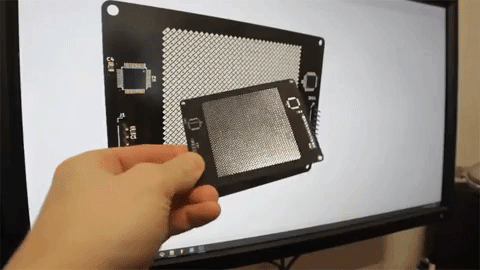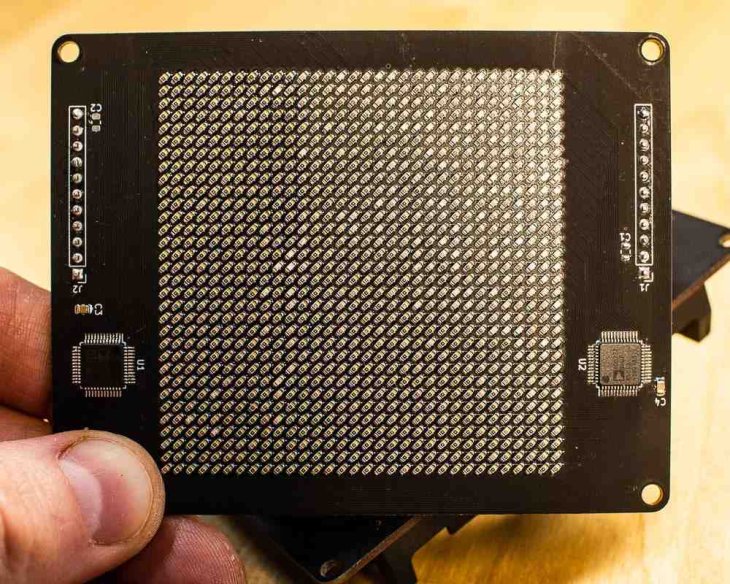This YouTuber Built His Own Digital Camera Sensor, You Can Too
Dhir Acharya - Jan 02, 2020

With an understanding of electronics, you can build your own camera sensor. It's far from what tech companies are doing, but you'll have fun.
- Top 5 Budget Cameras For Beginners (2025)
- This 3200MP Camera Takes Photos That Require 400 4K TVs To Be Fully Displayed
- The 34kg-Camera Used For Aerial Shooting During World War II
Not only phone manufacturers or tech companies can make a digital camera sensor, but you can also make one yourself too. At least, that’s what this YouTuber has discovered. However, if you want to do this, you need a certain understanding of electronics, a whole lot of patience and a steady soldering hand. Oh, and remember not to keep high expectations of the performance of your self-made hardware.

It’s not too difficult to understand how a digital image sensor works: a dense grid of photosites captures color and intensity data, which is worth millions of pixels, about the photons that hit them. However, the hardware hacker YouTuber in this story, named Sean Hodgins, was different from camera sensor companies because his sensor with millions of light-detecting pixels wasn’t small enough to be put inside a slim phone.

He made a digital camera sensor with a resolution of 32x32 pixels, which is 12,000 times less detailed than an average sensor used in a smartphone these days. Its performance is even worse than the low-resolution Game Boy Camera.
However, his creation is sill amazing as he had to solder 1,024 ALS-PT19 phototransistors with his own hands to custom a printed circuit board (PCB) that he designed. That’s why we said you would need a whole lot of patience to make this sensor.
Also, the printed circuit board incorporates two 32-bit analog multiplexers with a microcontroller, which is how each phototransistor captures light intensity readings. On a smartphone or a digital camera, this process takes a blink to complete, but Hodgins’ creation about five seconds for taking measurements from each and all the pixels on the sensor, meaning both the hardware and the object being photographed must stay still until the capturing process is done.
Though the whole thing is too low tech compared with what we are using these days, it demonstrates the operation of powerful digital shooters.
Featured Stories

Features - Jul 01, 2025
What Are The Fastest Passenger Vehicles Ever Created?

Features - Jun 25, 2025
Japan Hydrogen Breakthrough: Scientists Crack the Clean Energy Code with...

ICT News - Jun 25, 2025
AI Intimidation Tactics: CEOs Turn Flawed Technology Into Employee Fear Machine

Review - Jun 25, 2025
Windows 11 Problems: Is Microsoft's "Best" OS Actually Getting Worse?

Features - Jun 22, 2025
Telegram Founder Pavel Durov Plans to Split $14 Billion Fortune Among 106 Children

ICT News - Jun 22, 2025
Neuralink Telepathy Chip Enables Quadriplegic Rob Greiner to Control Games with...

Features - Jun 21, 2025
This Over $100 Bottle Has Nothing But Fresh Air Inside

Features - Jun 18, 2025
Best Mobile VPN Apps for Gaming 2025: Complete Guide

Features - Jun 18, 2025
A Math Formula Tells Us How Long Everything Will Live

Features - Jun 16, 2025
Comments
Sort by Newest | Popular